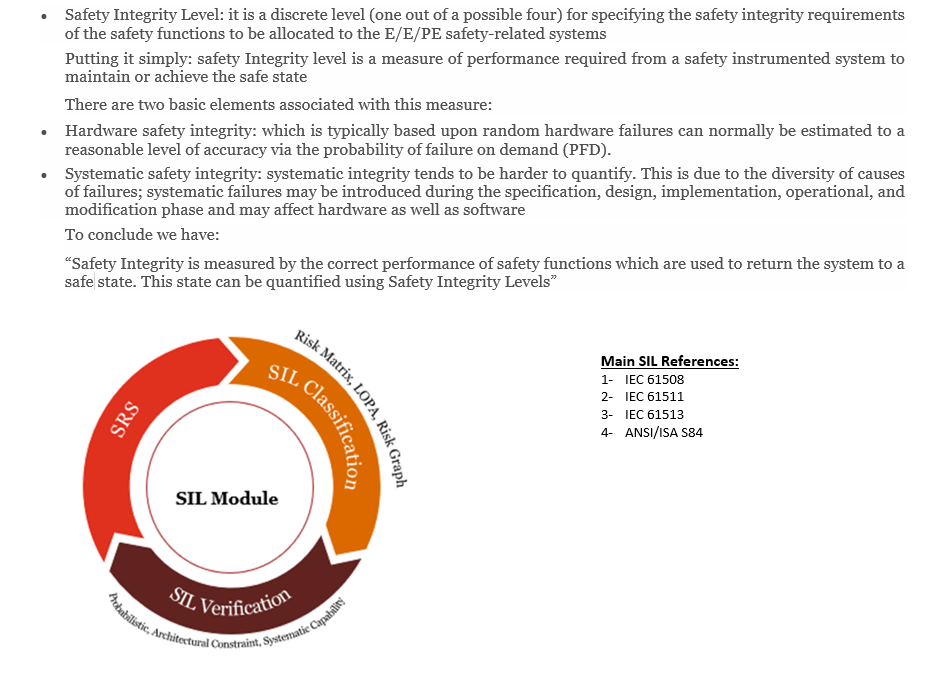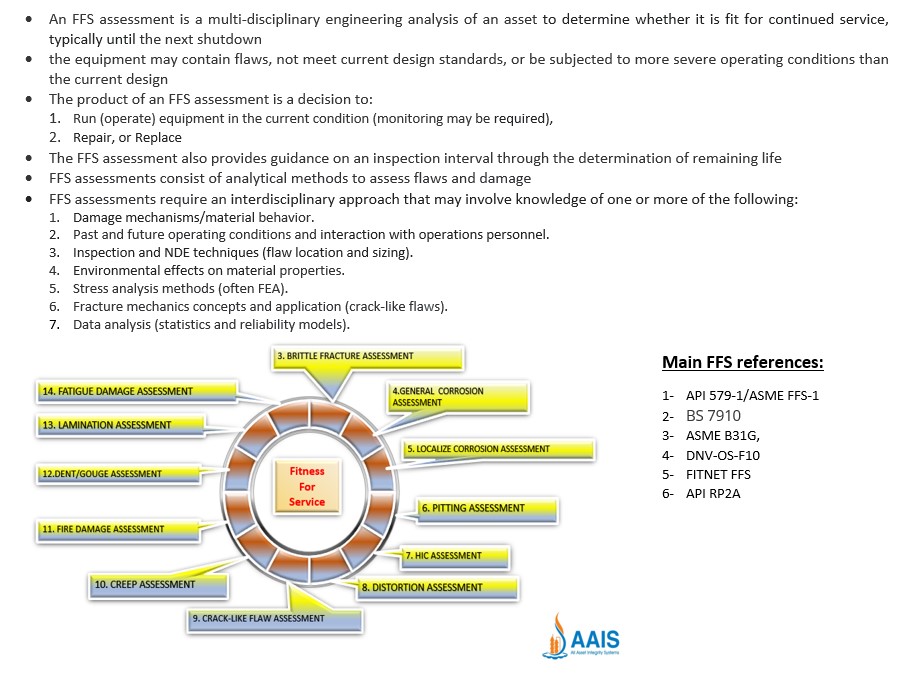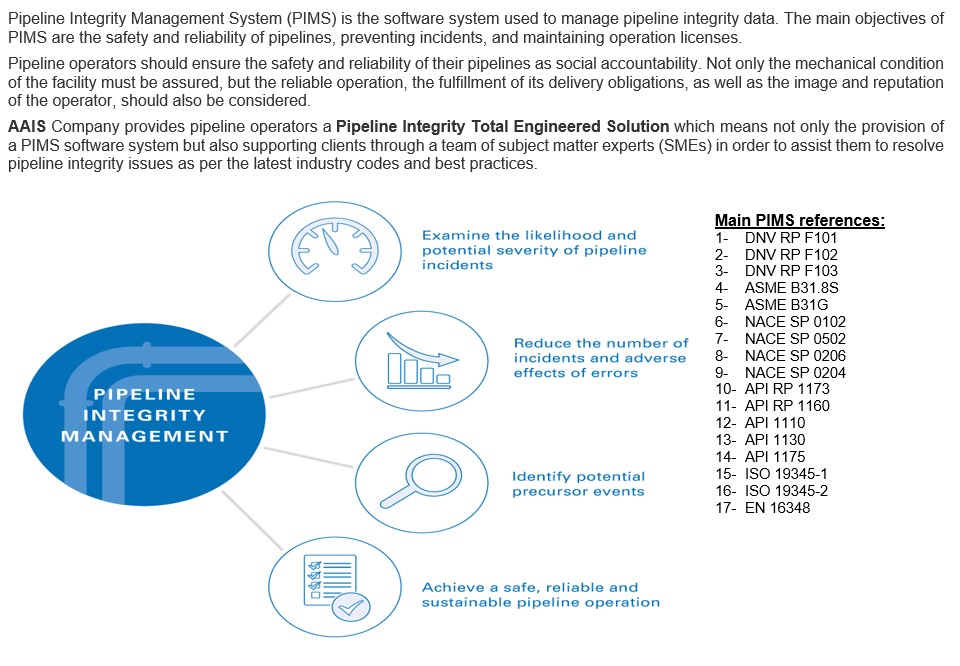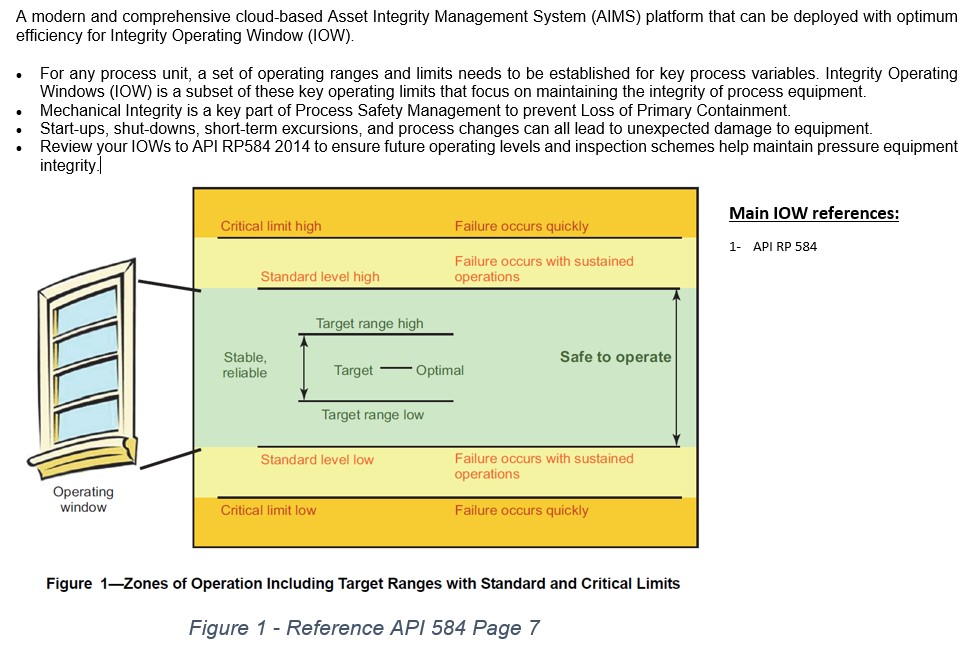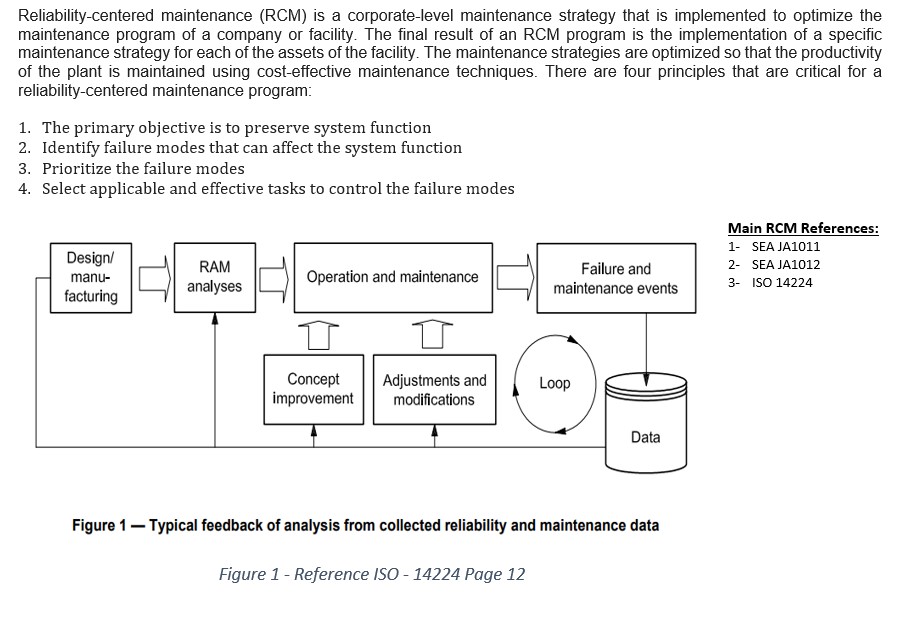Files
|
Type
|
Format
|
Title
|
Edition
|
Description
|
Author
|
Availability
|
Size
|
|---|---|---|---|---|---|---|---|
| HB | application/pdf |
ASNT Materials and Processes for NDT technology |
2016 |
Materials and Processes for NDT Technology (second edition) provides a comprehensive reference for personnel involved in designing, using, or evaluating nondestructive testing (NDT) of products and structures. Coverage includes most phases of manufacturing and the materials used. Updated information is provided on industrial materials (Section I), including polymers, composites, nano-engineered materials, industrial foams and gels, and metallic glasses, in addition to more common metals and alloys. |
ASNT |
Upon Request |
704 KB |
| Paper | application/pdf |
A Brief Description of NDT Techniques |
2003 |
"This paper provides a brief description of the methods most commonly used in industry, together with details of typical applications, functions and advantages. The methods covered are: Radiography, Magnetic Particle Crack Detection, Dye Penetrant Testing, Ultrasonic Flaw Detection, Eddy Current and Electro-magnetic Testing |
Mark Willcox & George Downes |
Upon Request |
376 KB |
| HB | application/pdf |
ASM Handbook - Vol 17 - Nondestructive Evaluation and Quality Control |
1992 |
ASM Handbook, Volume 17 helps readers select, use, and interpret methods used to nondestructively test and analyze engineered products and assemblies. Digital technology is transforming the implementation of NDE and is covered extensively. New case studies and examples illustrate specific NDE techniques and give new insights which are needed to provide the data needed to solve many real-world NDE problems, to understand and measure early degradation, and to give the required data for remaining safe life |
ASM |
Upon Request |
22,905 KB |
| C | application/pdf |
ASME V - Boiler and Pressure Vessel Code - Nondestructive Examination |
2013 |
The following information provides guidance to Code users for submitting technical inquiries to the committees. See Guideline on the Approval of New Materials Under the ASME Boiler and Pressure Vessel Code in Section II, Parts C and D for additional requirements for requests involving adding new materials to the Code. |
ASME |
Upon Request |
10,753 KB |
| HB | application/pdf |
ASNT NDT Handbook Volume 10 Nondestructive Testing Overview |
1996 |
Overviews major nondestructive testing (NDT) methods used widely in industry, covering leak, liquid penetrant, radiographic, electromagnetic, magnetic particle, acoustic emission, ultrasonic, and visual testing. An introduction addresses NDT philosophy and its relationship to quality assurance and quality control. Useful for senior-level students in mechanical engineering or materials science and also for NDT and quality assurance managers and practitioners. |
ASNT |
Upon Request |
8,416 KB |
| S | application/pdf |
ASNT-CP-189 - ASNT Standard for Qualification And Certification Of Nondestructive Testing Personnel |
2020 |
This ANSI-approved American National Standard establishes minimum requirements for the qualification and certification of nondestructive testing and predictive maintenance personnel and details the minimum training, education, and experience requirements for NDT personnel and provides criteria for documenting qualifications and certification. |
ASNT |
Upon Request |
757 KB |
| S | application/pdf |
ASTM E1316-20 Standard Terminology for Nondestructive Examinations |
2020 |
The purpose of ASTM E1316-20 is to promote a clear understanding and interpretation of the NDT standards in which they are used. This standard defines the terminology used in the standards prepared by Committee E07 on Nondestructive Testing and published in the Annual Book of ASTM Standards, Volumes 03.03 and 03.04. |
ASTM |
Upon Request |
198 KB |
| GL | application/pdf |
AWS B1.10 Guide For The Nondestructive Examination Of Welds |
2016 |
This guide acquaints the user with the nondestructive examination methods commonly used to examine weldments. The standard also addresses which method best detects various types of discontinuities. The methods included are visual, liquid penetrant, magnetic particle, radiographic, ultrasonic, electromagnetic (eddy current), and leak testing. |
AWS |
Upon Request |
1,124 KB |
| S | application/pdf |
DNV cn7 Non-destructive Testing |
2012 |
This Classification Note applies to non-destructive testing for the following methods: Eddy current testing, Magnetic particle testing, Penetrant testing, Radiographic testing, Ultrasonic testing, Visual testing. |
DNV |
Upon Request |
639 KB |
| GL | application/pdf |
DNVGL-CG-0051 - Non-destructive Testing |
2009 |
This class guideline applies to non-destructive testing using the following methods: eddy current testing, magnetic particle testing, penetrant testing, radiographic testing, ultrasonic testing, visual testing. In general, this class guideline shall be adhered to, as far as applicable, when non-destructive testing is required by the Society. |
DNVGL |
Upon Request |
1,479 KB |
| GL | application/pdf |
Evaluation of the Effectiveness Of NDT screening methods For In-service Inspection |
2003 |
This document is aimed specifically at assisting the purchaser in the effective selection of screening techniques for in-service inspection and subsequent use and understanding of the data generated by the inspection. The screening techniques are generally specialised NDT inspection techniques aimed at the detection of corrosion in pipes and vessels |
HSE |
Upon Request |
2,510 KB |
| HB | application/pdf |
Handbook of Nondestructive Evaluation |
2003 |
Nondestructive testing has become the leading product testing standard, and Handbook of Non-Destructive Evaluations. Covering the background, benefits, limitations, and applications of each, this decision-simplifying resource looks at both the major and emerging nondestructive evaluation methods, including: visual testing penetrant testing, magnetic particle testing, radiographic testing, Ultrasonic testing, eddy current testing, thermal infrared testing, and acoustic emission testing. |
Charles J. Hellier |
Upon Request |
5,205 KB |
| Paper | application/pdf |
Human Factors in NDT Risk & challenges of Mechanism NDT |
2006 |
"The overall aim of the work presented in this dissertation was to explore for the first time the risks associated with mechanised NDT and find ways of mitigating their effects on the inspection performance. Hence, the objectives were to (1) identify and analyse potential risks in mechanised NDT, (2) devise measures against them, (3) critically address the preventive measures with respect to new potential risks, and (4) suggest ways for the implementation of the preventive measures. |
Mariji Bertovic |
Upon Request |
1,143 KB |
| RP | application/pdf |
IAEA Non-destructive Testing For Plant Life Assessment |
2005 |
The main goal of NDT is to predict or assess the performance and service life of a component or a system at various stages of manufacturing and service cycles. NDT is used for quality control of the facilities and products, and for fitness or purpose assessment (so-called plant life assessment) to evaluate remaining operation life of plant components (processing lines, pipes and vessels). |
IAEA |
Upon Request |
566 KB |
| S | application/pdf |
ISO 17635-2016 NDT of Welds - General Rules for metallic material |
2016 |
General rules for metallic materials (British Standard) ISO 17635:2016 gives guidelines for the choice of non-destructive testing (NDT) methods for welds and evaluation of the results for quality control purposes, based on quality requirements, material, weld thickness, welding process and extent of testing. |
ISO |
upon request |
196 KB |
| application/pdf |
|
|
|
|
339 KB |
||
| HB | application/pdf |
Materials and Processes for NDT Technology, 2nd Edition |
2016 |
Materials and Processes for NDT Technology (second edition) provides a comprehensive reference for personnel involved in designing, using, or evaluating nondestructive testing (NDT) of products and structures. Coverage includes most phases of manufacturing and the materials used. Updated information is provided on industrial materials (Section I), including polymers, composites, nano-engineered materials, industrial foams and gels, and metallic glasses, in addition to more common metals and alloys. |
ASNT |
Upon Request |
12,402 KB |
| R | application/pdf |
NDT - Evaluation of effective NDT screening method for in service Inspection rr659 |
2009 |
A wide range of engineering plant is subject to periodic in-service inspection in order to ensure continued safe and economic operation. The inspections are often performed by traditional NDT methods such as routine ultrasonics, magnetic particle inspection, dye penetrant inspection, visual inspection and radiography. These can be highly sensitive but the rate of coverage is often slow, so that full coverage can be prohibitively expensive, and extensive preparation for inspection may be required. |
HSE |
Upon Request |
2,510 KB |
| HB | application/pdf |
Non-Destructive Testing |
1988 |
A basic but comprehensive coverage of all the major NDT techniques in use today, this book will be valuable to all degree and BTEC students studying Mechanical or Materials Engineering. It will also provide a useful introduction to those practising engineers who, although not specialising in NDT, need to have a broad appreciation of the various NDT techniques available to them. |
NDT |
Upon Request |
6,242 KB |
| HB | application/pdf |
Non-Destructive Testing - Inspector's Handbook |
2002 |
This reference book was designed for use in the field and to support on the-job training. It should not be Lised as a standard or referred to as a stand-alone document. This book covers basic formulas, charts, and other NDT related information. |
N/A |
Upon Request |
25,108 KB |
| R | application/pdf |
Nondestructive Methods For Condition Evaluation Of Prestressing Steel Strands In Concrete Bridges |
1999 |
This report contains the findings of a study performed to determine whether a practical and economical method for quantitative nondestructive condition evaluation of bonded prestressing systems in highway bridges exists. The report provides a comprehensive summary of a global technology review made to identify NDT methods developed in the time period commencing in 1990. |
NCHRP |
Upon Request |
170 KB |



